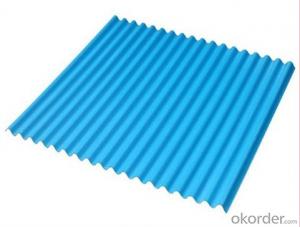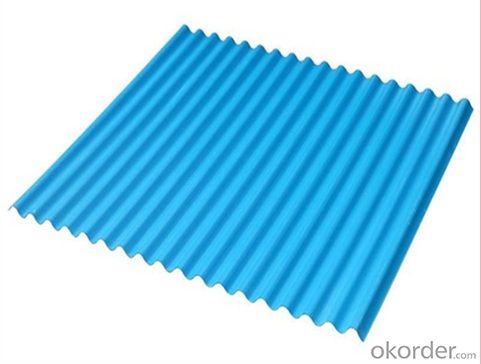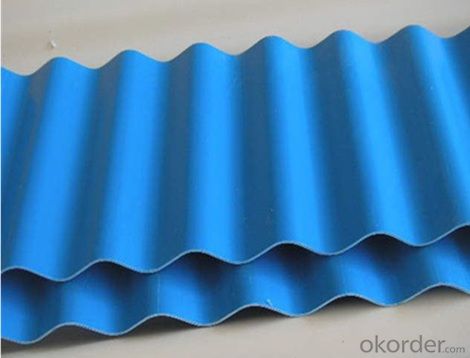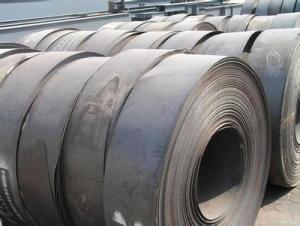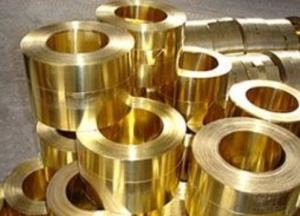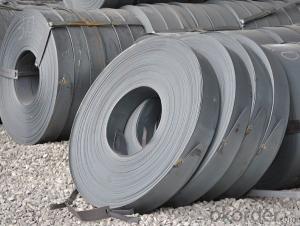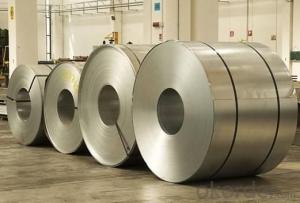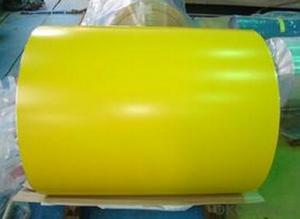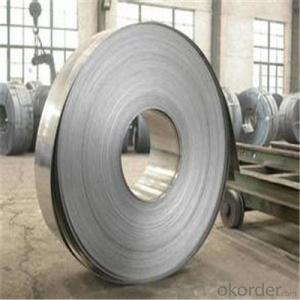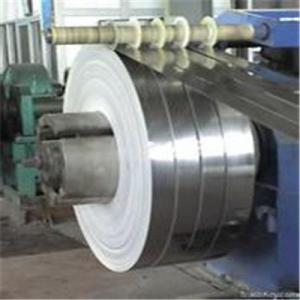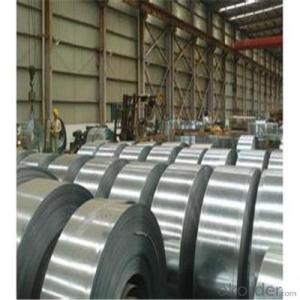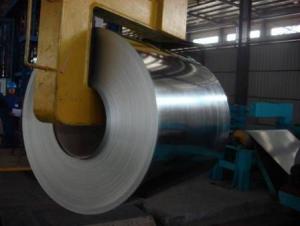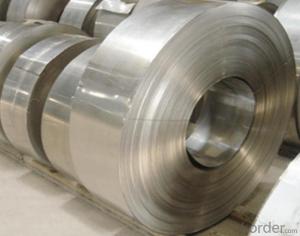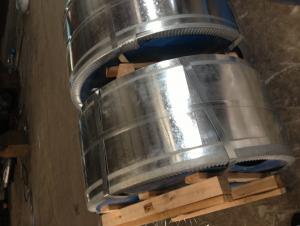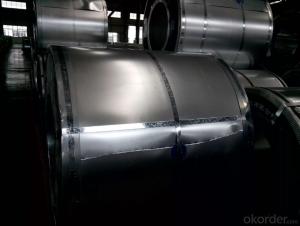Premium Corrugated Galvanized Steel Sheet
- Loading Port:
- Tianjin
- Payment Terms:
- TT OR LC
- Min Order Qty:
- 25 m.t.
- Supply Capability:
- 5000 m.t./month
OKorder Service Pledge
OKorder Financial Service
You Might Also Like
Specification
Product Brief Introduction
Premium Corrugated Galvanized Steel Sheet
Galvanized Corrugated Steel Roofing Sheet is formed by cold roll machine, using galvanized steel sheet or aluminum steel as the base material .Galvanized corrugated steel roofing sheet is featured with easy installation ,high strength ,more economic .( low cost )
Product Features
.Outlook Beautiful and novel, rich colors, flexible combination, can be used in different buildingto express special original architectural styles in life.
.Surface have been treated as galvanized and color coated.so it can anti-rain,anti- fire,anti-quake,So it has a long term life as 20-30 year and color just not fade.
. Light weight: easy to transport the material,short the time to finish the building,reduce worker's hard work,save much time and energy for human beings.
.Smooth surface treatment,the dust will be easy taken off by the rain.
. Environmental material,can be used many times,will do no hard to the our environment.
Product Specification
Premium Corrugated GI Galvanized Steel Sheet
Packing Information (For 27.5 Tons heavy 20’Fcl)
. water proof paper packing in side
. plastic film Packing in middle
. steel sheet Packing out side
.several steel strip packing to fix the packing
Production Line & Package
FAQ
1. how many wave for per pcs
—— some wave is 8 ,same wave is 9 ,save wave is 11 ,it is up to your request
2. What is the MOQ for this products ?
—— Normally the MOQ is 25mt per size and per color .
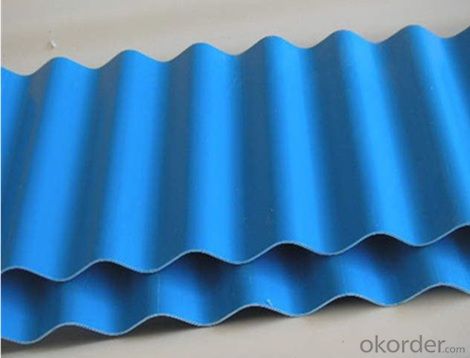
- Q: How are steel strips used in the production of agricultural machinery?
- Steel strips are commonly used in the production of agricultural machinery for various purposes such as reinforcement, structural components, and blades. They provide strength, durability, and stability to the machinery, allowing it to withstand heavy loads, harsh weather conditions, and repetitive use. Steel strips are often used to construct the frames, chassis, and supports of agricultural machinery, ensuring their long-lasting performance and reliability in the field.
- Q: What's the meaning of "double light" in strip cold rolling?
- Cold: cold rolled steel is cold-rolled steel production. Cold rolling at room temperature under the conditions of No.1 steel plate further rolling thin thickness steel plate. Compared with hot-rolled steel, cold-rolled steel plate thickness is more accurate, and the surface is smooth and beautiful, but also has superior mechanical properties, especially the processing performance because of cold rolled. The volume relatively brittle and hard, not suitable for processing, so typically cold rolled steel demand after annealing, pickling and smooth surface will be delivered to customers. The maximum thickness of cold rolling is below 0.1--8.0MM, most of the factories such as cold rolled steel plate thickness is below 4.5MM; minimum thickness, width is according to the plant equipment capacity and market demand and decision.
- Q: Can steel strips be used in the production of bicycle frames?
- Yes, steel strips can be used in the production of bicycle frames. Steel is a popular material choice for bicycle frames due to its strength, durability, and affordability. It can be formed into strips and welded or brazed together to create a robust and reliable frame.
- Q: How are steel strips processed further for specific applications?
- Steel strips are processed further for specific applications through various methods such as cutting, shaping, and heat treatment. These processes help to achieve the desired dimensions and properties required for different applications. Additionally, surface treatments like coating or plating may be applied to enhance the steel's corrosion resistance or aesthetic appearance.
- Q: How are steel strips used in the production of metal cabinetry?
- Due to their advantageous properties, steel strips find common use in the production of metal cabinetry. These strips are typically crafted from high-quality steel that is strong, durable, and resistant to corrosion. In the manufacturing process, steel strips serve primarily as the foundation and surfaces for metal cabinetry. They are cut to specific lengths and widths to achieve the desired cabinet dimensions. These strips can be easily manipulated and bent to form the various parts of the cabinetry, such as the sides, back, top, and bottom. Moreover, steel strips frequently compose the doors and drawers of metal cabinets. Manufacturers can shape and cut the strips accordingly to create sturdy and rigid doors capable of withstanding everyday use. The strength of the steel also allows for the installation of hinges, handles, and other hardware elements, which ensures smooth operation and durability. Additionally, steel strips often function as reinforcements within the cabinetry structure. They are strategically positioned in critical areas to enhance the overall strength and stability of the cabinets. These reinforcements prevent warping or sagging over time, ensuring the cabinetry maintains its shape and integrity. Furthermore, steel strips are occasionally coated or painted to enhance their appearance and provide additional protection against scratches and wear. This coating can be selected to match the desired finish of the metal cabinetry, resulting in an aesthetically pleasing and long-lasting product. In conclusion, steel strips play a vital role in the production of metal cabinetry. Their strength, durability, and versatility make them an ideal material for constructing the framework, surfaces, doors, and reinforcements of cabinets. By utilizing steel strips, manufacturers can create high-quality metal cabinetry that is built to last, withstand heavy usage, and provide ample storage space.
- Q: What are the different cleaning methods for steel strips?
- There are several different cleaning methods for steel strips, including mechanical cleaning, chemical cleaning, and electrochemical cleaning. Mechanical cleaning involves using abrasive materials or brushes to physically remove dirt, debris, or scale from the surface of the steel strip. Chemical cleaning involves using various cleaning solutions or solvents to dissolve or loosen contaminants on the strip. Electrochemical cleaning utilizes an electric current to remove oxidation or other surface contaminants through the process of electrolysis. The choice of cleaning method depends on the specific requirements and condition of the steel strip.
- Q: Can steel strips be used in the manufacturing of kitchen appliances?
- The use of steel strips in the manufacturing of kitchen appliances is indeed possible. Steel, being a versatile and durable material, is widely utilized in the manufacturing industry. Kitchen appliances can have various components made from steel strips, including outer casings, internal structures, and even cooking surfaces. Steel possesses notable qualities such as strength, heat resistance, and corrosion resistance, which make it an excellent choice for kitchen appliances that encounter high temperatures and moisture. Moreover, steel is easily moldable, shapeable, and weldable, enabling manufacturers to create intricate and precise designs for kitchen appliances. In conclusion, steel strips are frequently employed in the manufacturing of kitchen appliances due to their durability, versatility, and ability to withstand the demanding conditions found in a kitchen setting.
- Q: Are steel strips suitable for the manufacturing of defense equipment?
- Yes, steel strips are suitable for the manufacturing of defense equipment. Steel strips offer high strength, durability, and resistance to corrosion, making them ideal for the production of various defense equipment such as armored vehicles, weapons, and aircraft components. Additionally, steel strips can be easily formed and molded into different shapes, enabling the creation of complex defense equipment designs.
- Q: How are steel strips processed for vibration dampening?
- Steel strips are processed for vibration dampening through a variety of methods, including coating them with materials that absorb or dissipate vibrations, such as rubber or polymers. Additionally, the strips may be treated through specialized processes like heat treatment or lamination to enhance their ability to dampen vibrations.
- Q: How do steel strips respond to different corrosion environments?
- Steel strips respond differently to different corrosion environments depending on factors such as the composition of the steel, the presence of corrosive substances, moisture levels, and temperature. In general, steel strips can corrode when exposed to environments with high levels of moisture, oxygen, and aggressive chemicals. However, the response can vary from minimal corrosion to rapid degradation, depending on the specific conditions. Protective coatings, such as galvanization or paint, can be applied to steel strips to mitigate the effects of corrosion and increase their resistance to different environments.
Send your message to us
Premium Corrugated Galvanized Steel Sheet
- Loading Port:
- Tianjin
- Payment Terms:
- TT OR LC
- Min Order Qty:
- 25 m.t.
- Supply Capability:
- 5000 m.t./month
OKorder Service Pledge
OKorder Financial Service
Similar products
Hot products
Hot Searches
Related keywords
